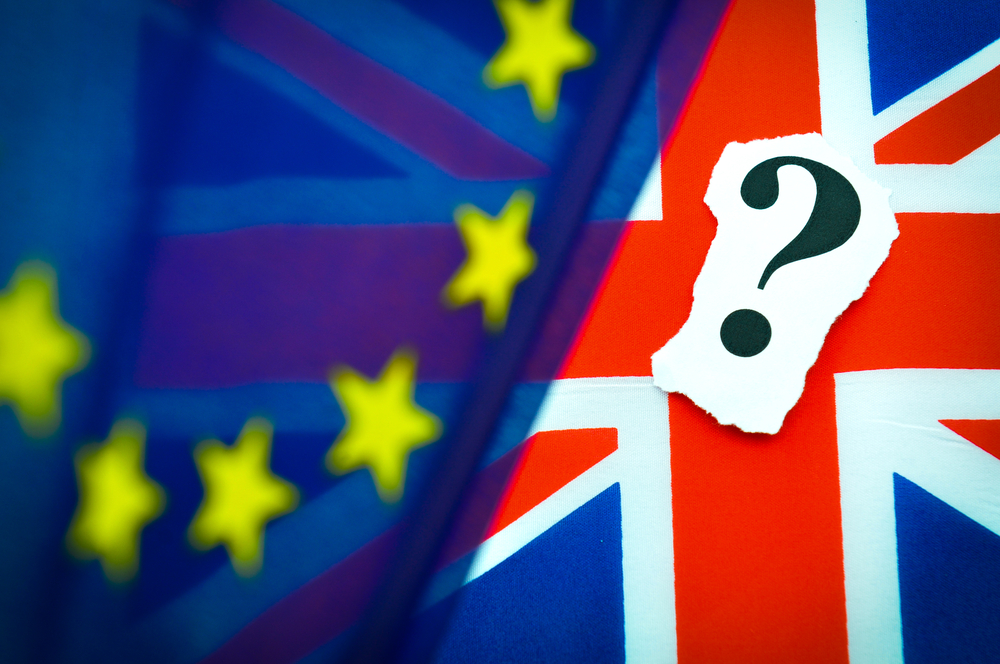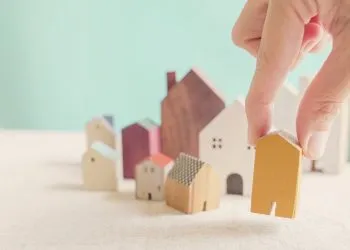The government’s target of building 200,000 new homes per year is at least 70,000 properties a year short of what the country needs, a situation that is likely to worsen as a result of Britain leaving the EU. According to new research by Yorkshire Building Society, the UK has missed its house building targets by […]
 The government’s target of building 200,000 new homes per year is at least 70,000 properties a year short of what the country needs, a situation that is likely to worsen as a result of Britain leaving the EU.
The government’s target of building 200,000 new homes per year is at least 70,000 properties a year short of what the country needs, a situation that is likely to worsen as a result of Britain leaving the EU.
According to new research by Yorkshire Building Society, the UK has missed its house building targets by a whopping 1.2 million since 2004.
Andrew McPhillips, chief economist at Yorkshire Building Society, said: “The Brexit decision and the uncertainty it creates around the prospects for private sector house builders, not to mention the country’s economic outlook, is likely to heighten the housing crisis.
“Addressing the shortage of homes must remain high on the Government’s agenda regardless of the work required following the EU vote. We need a clear strategy to deliver the 1.2 million additional homes and options like giving local councils fuller control of existing housing funding, as well as freedom to develop surplus public land, should form a key part of that.”
In 2015, the government set the UK house building target by pledging to build one million homes over its five-year term. However, only 142,890 homes were built in 2015, 29% less than the 200,000 homes needed reach the one million target by 2020.
There are fears that first-time buyers are being squeezed out of the market due to the dwindling supply of suitable homes and ballooning property prices.
According to the latest Nationwide House Price Index, house prices rose 0.2% in June to £204,968.
Tougher affordability checks from lenders and rising house prices have also made it increasingly difficult for first-time buyers with smaller deposits to get on the property ladder.
Low interest rates combined with the economic recovery have done little to reduce the need for rented housing, while house price inflation ahead of wage growth has pushed property prices out of reach for many.
McPhillips said: “The longer we leave the supply crisis to worsen, the more difficult it will be to resolve. The UK has failed to build the number of homes needed to meet demand year after year, which has consequently inflated prices and made it even more difficult for those looking to buy. House building has remained stagnant ever since the financial crisis, and this lack of activity illustrates that the current system needs a serious overhaul if the country is to build enough homes.
“Lack of housing supply has caused prices to rise well beyond wage-growth, which has increased competition for properties and priced many people out of the market. This issue particularly affects first-time buyers who do not have the ability to offset the rising cost of buying with the increase in the value of their own property. Those who already own a property also face similar obstacles due to the costs involved, as well as being faced with limited choice in the properties available to buy.”
The UK came closest to the 270,000 figure in the years leading up to the 2007 financial crisis.
In the years between the publication of the Barker Review of Housing Supply in 2004 and the advent of the financial crisis in 2007, an average of 213,080 homes were built each year.
By comparison, the average number of homes built in the eight years since the financial crisis is 30% below the pre-crisis average, at 148,563 properties.















What about doing something radical and stop the racket in planning permission?
A plot of land big enough for a house costs £500 at agricultural prices. Within 50 miles of London that becomes £100,000 or more when planning permission is granted. Land with permission often goes into house builders land banks and kept off the market until the price is right.
Cut out the £100,000 windfall profit and simple starter homes could be provided for as little as £20,000. (See “Plotlands: A shock to the housing market”, http://ow.ly/10ovYt )
Although London is dense and has 51 people per hectare, the rest of the South East Region only has 4.5 people per hectare. The population of London could be housed many times over,
And if access to London is important, just look along the railway lines. Start withe the Hoo Peninsula (where Pip met Magwitch).